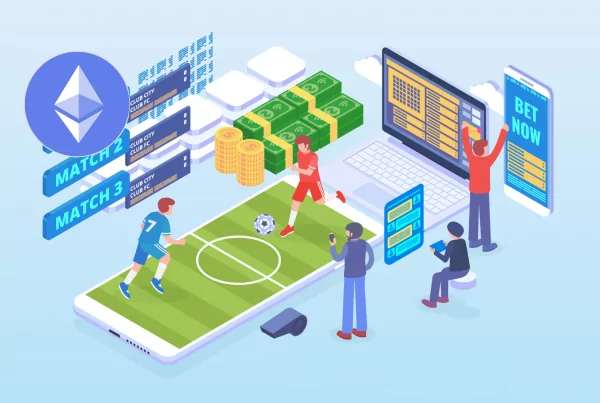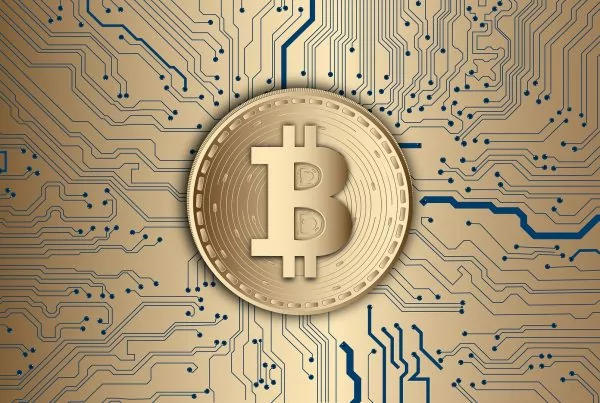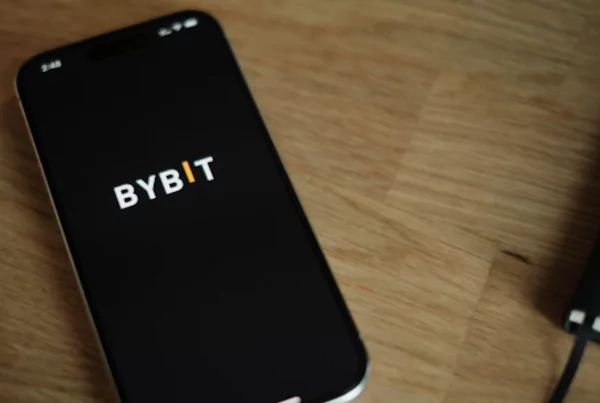
Strategy Trading is a means to trade and autonomously make profits using predetermined buy and sell orders. It uses several detailed parameters to help traders profit on small price fluctuations, and it includes a host of algorithm features like Grid Trading and Volume Participation, amongst others.
The home page allows users to easily replicate their parameters while giving consumers a thorough overview of Spot and Futures Grid Trading techniques, as well as information on their performance and user popularity.
Strategy trading has gotten relevant over time due to how quickly traders can profit off volatile or sideways markets using price reversion techniques on a host of automated trading strategies.
Futures Grid Trading
Grid Trading is a way to automate trading. With it, orders are to be confined within a specific price range (above and below a set price), forming a grid for increasing and decreasing prices. This trading type on the futures market is best suited in very volatile markets. Profits can be made on repeated bets over small price changes, and the more grid you add, the greater the frequency of trades will be.
On Binance Futures Grid, there are three major environments to set grids. The first is a neutral environment; you can create grids with no specific market direction. The second is a Bullish environment; here, the market is still volatile but tends towards a bullish run. You will need to pen a long position and use grids for your bets. Finally, there is a short position. This is done when the market is tending bearish. You will short positions using Grid.
For example, in a neutral environment, a trader can buy Ethereum at $50 below the spot price while concurrently setting a sell order at $80 above the market price. This way, the bot can take advantage of volatile market conditions if the market goes both ways.
The caveat with grid trading, however, is that your profits per order are predetermined and lower than with many other strategies.
Binance Futures Grid trading offers customizable features and self-initiates once preset buy and sell prices are created.
How does it work?
Let’s assume there’s uncertainty in the market, and you predict Ethereum will stay within the $1400 and $1800 price range. You can set up a grid to automate trades within this price range. The details of the grid could include these parameters.
- The upper and lower boundaries of the price range
- The number of orders to be placed within the configured price range,
- The width between each buy- and sell-limit order.
If Ethereum drops down towards $1400, the boy buys position all the way down. With the crypto’s recovery, the bot will sell these positions and pocket the profit.
Time Weighted Average Price (TWAP) Algorithmic Trading?
For API users of its futures contracts, Binance has made the Time-Weighted Average Price (TWAP) trading algorithm available.
This algorithm allows traders to leverage the Binance bot trading capability to reduce price impact on orders by reducing these large orders into bits.it executes trades clove to the time-weighted prices of the asset, using a user-specified period as a guide.
When to Use a TWAP Algorithm?
The prominent feature of the TWAP is time. Large Orders are optimised by reducing them into smaller bits, and it can also mitigate significant market swings.
There are two scenarios where TWAP is the best algorithm bot to use
- if the liquidity on an order book is less than the order size
- If there is an anticipation of a high price volatility period with no decisive market direction.
If either of these scenarios is met, there are a few things you should take note of
- Trade size: You will need to determine the trade size for the contract. This will fall within the accepted TWAP minimum of at least 10,000 USDT
- Trade duration: you will need to select the execution period. Mostly, TWA trades are intra-day, and the minimum execution time is set at 5 minutes.
What is Volume Participation Algorithmic Trading?
Apart from the TWAP, Binance offers another Algorithmic trading tool, The Volume Participation (VP). This algorithm is opportunity-based, and it seeks to leverage market volume to enter and exit trades.
VP might come in handy if you want to target the average trading price while also limiting the order market impact for a certain period.
When to use a Volume Participation algorithm?
Like the TWAP, the Volume Participation is executed when the available order is larger than existing liquidity while reducing the effect on the market.
There are several market situations where the VP may execute or not.
- If there is Low market volume and stable price, VP order may execute within the average market price without impacting the market.
- If there is a high market volume and volatile market price, VP order might not be able to execute in urgency and may result in an adverse executed price.
The VP algorithm is subject to some limitations.
- The first limit you are likely to see is the Notional Limit. This is seen when the order is less than the 10,000USDT minimum or greater than the 1 million USDT required.
- Also, if you use any contract apart from USD-Margined types, your order will be limited.
Responses when using the Volume Participation algorithm and their meanings
- 0: means the contract is okay
- -1000: means an unknown error occurred
- -1102: means a compulsory parameter as skipped or not set.
- -20121: means invalid symbol
- -20130: means the data of the parameter set is invalid
- -2013: means order does not exist.
- -5007: means no quantity ser or quantity must be greater than zero
- -20124:means Invalid algorithm
- -20132: means the algorithm has been duplicated
- -20195: means the total order size is too small
- -20196: means the total order size is too large
- -20198: means you have reached the limit for the number of open orders.
How to Use Strategy Trading Landing Page: Step-by-Step Guide
Here’s a step-by-step guide showing how to use the Strategy Trading Landing page.
Step 1
On the Binance App, click on Strategy Trading (between Referral and Earn)
Step 2
Sign the Risk Disclaimer Statement before you set up a strategy (skip this part if you have already done this)
Step 3
Your app should automatically be on the Futures Grid, but if not, click on the Futures Grid.
Step 4
Choose your parameters (time frame, lower price, upper price, Number of Grids, amongst others).
Step 5
Click on the market direction of your trade and decide if you want to use up to 20x leverage provided by Binance.
Step 6
When done, click on create.
Step 7
You can see already-created Grids on the Running tab, and the history of all grids you have created will be under the History tab.
Using the Mock Trading Environment to Practice Strategy Trading
If you are unsure of the Strategies you want to employ, you can test-run your skills using the Mock trading environment. Here is how to go about it.
Click on Profile once you enter the app’s home page. From there, select Mock trading. You can also click on Futures, click the three horizontal lines at the top right side, and click on Mock Trading.
You will need to grant access to your account to the testnet and click on continue.
You will be given a free 3000 USDT balance to test your trading. This balance can be increased after 72 hours, but it cannot be taken out of the mock trading environment. You can o back to the live trading platform once your strategy is battle-tested.
Conclusion
The strategy trading option by Binance removes the stress of waiting for certain charts and prices to be met before trades can be placed. It automates the process of trading and allows the trader to earn repeatedly on a predetermined prerequisite. It is worth noting that no strategy is fail-proof, but you won’t know until you try. Trade with small amounts, keep honing your prerequisites, and the sky will be your limit.



